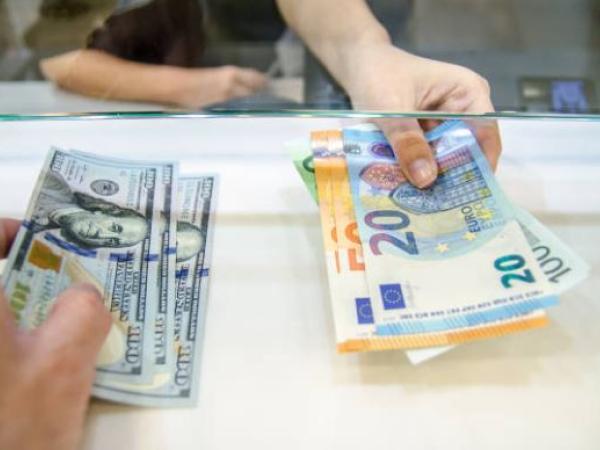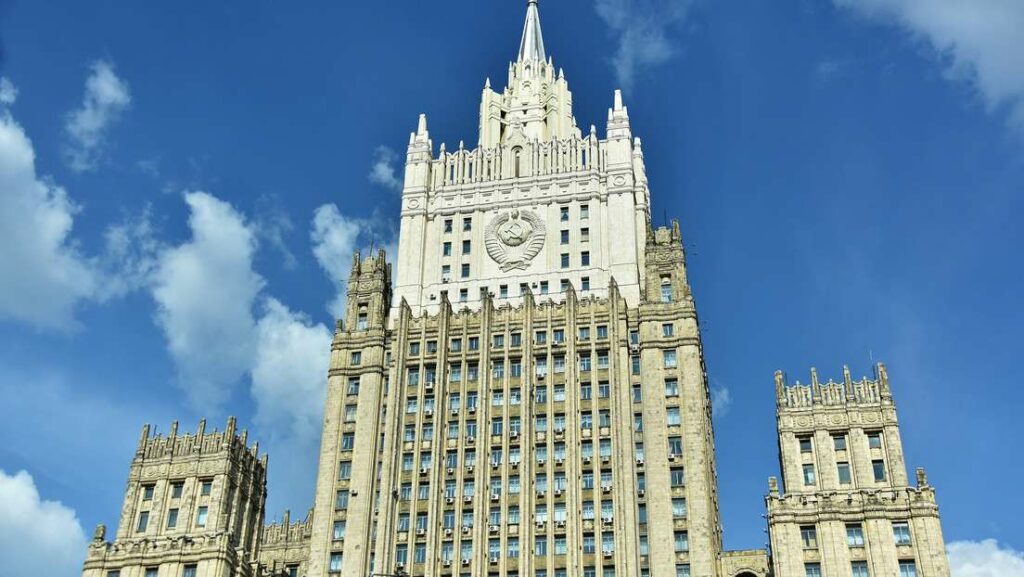The U.S. dollar reached, this Tuesday, September 6, a new maximum since 2002 against the euro and since 1998 with respect to and in, of Japan, driven by the resistance of the United States economy, that presages the continuity of the adjustment of interest rates by the Federal Reserve.
(See: Insolvency applications fell 8% compared to 2020).
The greenback gained 0.21% against the European currency. The euro thus traded at $0.9906, although it reached $0.9864 for the first time since the beginning of December 2002.
In the case of the euro and the dollar, the weight of the energy crisis in Europe, which since Friday, September 2 was aggravated by the announcement that the reopening of the Nord Stream 1 gas pipeline is being postponed without a date, weighing down the single European currency.
(See: Unemployment reached 7.9% in Latin America in the first semester).
For the economists at Pantheon Macroeconomics, the fall of the euro against the dollar “will be cause for concern” for the European Central Bank (ECB), for its ability to aggravate inflation in the euro zone, already historically high.
That could lead the ECB to play.”strong” on Thursday, September 8, during the meeting of its council of governors, and climb 0.75 percentage points its guideline rate, something unprecedented, according to these experts.
(See: 26.5% of Colombians feel richer than their parents).
Meanwhile, the dollar was trading at 143.07 yen, something unprecedented since August 1998.
(See: Colombia and Latin America: will there be an economic recession in the region?).
AFP
















